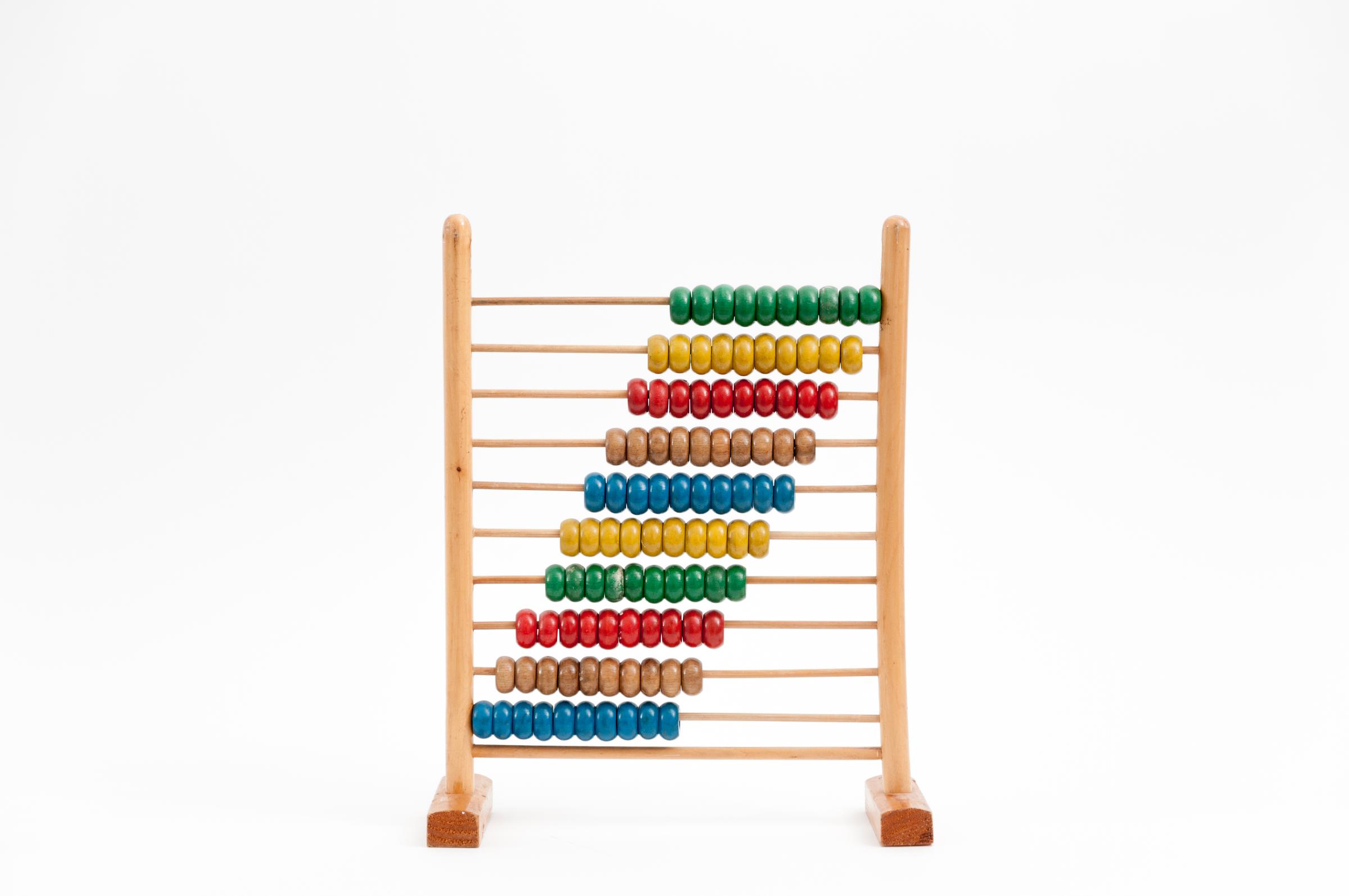Mathematics
Mrs Robyn Wilson - MaST - Mathematics Specialised Teacher

Mathematics
Mrs Robyn Wilson - MaST - Mathematics Specialised Teacher
Addition is a simple yet essential mathematical operation. It is very basic, but can also be tricky for children to master. That's why parents often find themselves having a hard time figuring out the best way to teach addition to their children, especially when they may have been taught a different way.
Sienna is going to show how we do addition algorithms in Year 4 and Billie will explain how she has already mastered the algorithm and is using an adaptation of that strategy to be more efficient and faster.
Most children tend to be more engaged and responsive when you teach addition using visual tools. Choose objects that are easy for children to handle and manipulate. You may use items like toy blocks or pieces of cereal.
Playing with dice is another exciting way for kids to learn about addition. Instruct your child to roll the dice and add the two sets of results. You can also incorporate maths into playing board games, as players need to use addition to determine their next move. Playing cards and dominoes also provide fun opportunities to teach addition.
Using money is a practical way for kids to learn about addition.
You can even incorporate concepts of addition into the stories or characters that your child loves. For example, does your little one enjoy stories about dragons? Come up with silly situations, like a dragon eating apples or juggling other objects. Ask your child how many more apples the dragon can eat, and then add up the total amount. Using situations and subjects that are of interest to kids is more likely to trigger their interest in the learning process.
Maths terms can sometimes seem like a strange new language, especially to young children. That's why it's crucial to remind them how these maths concepts apply to various things we see in our daily lives. Create a list of all of the activities your family does at home that relate to addition. Here's a sample list:
When you relate addition to typical day-to-day activities, it helps children understand that they don’t have to depend solely on formal ways of studying and practicing maths strategies. Instead, they will find meaning in learning as they become more familiar with all of the ways in which addition applies to the real world.